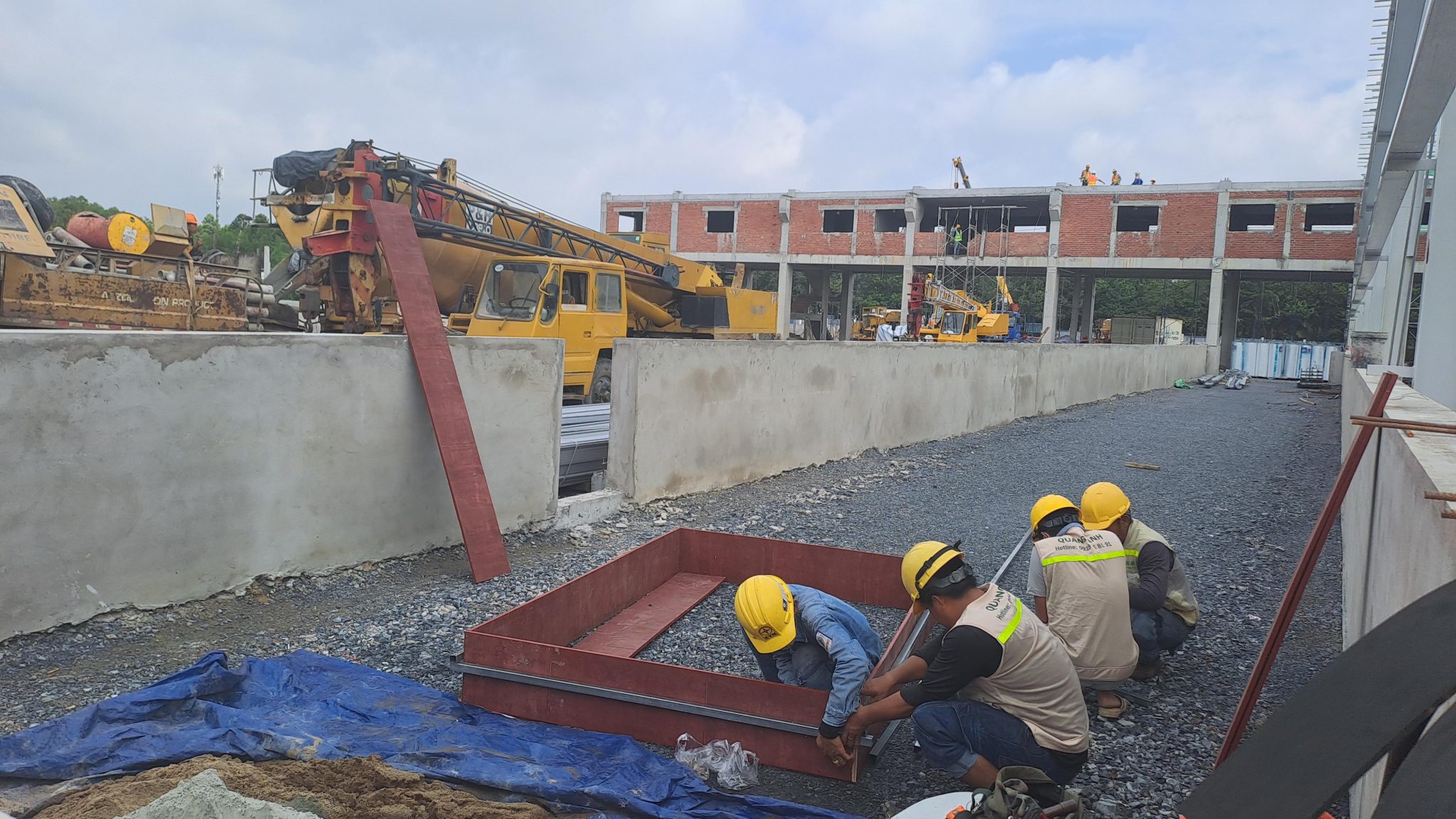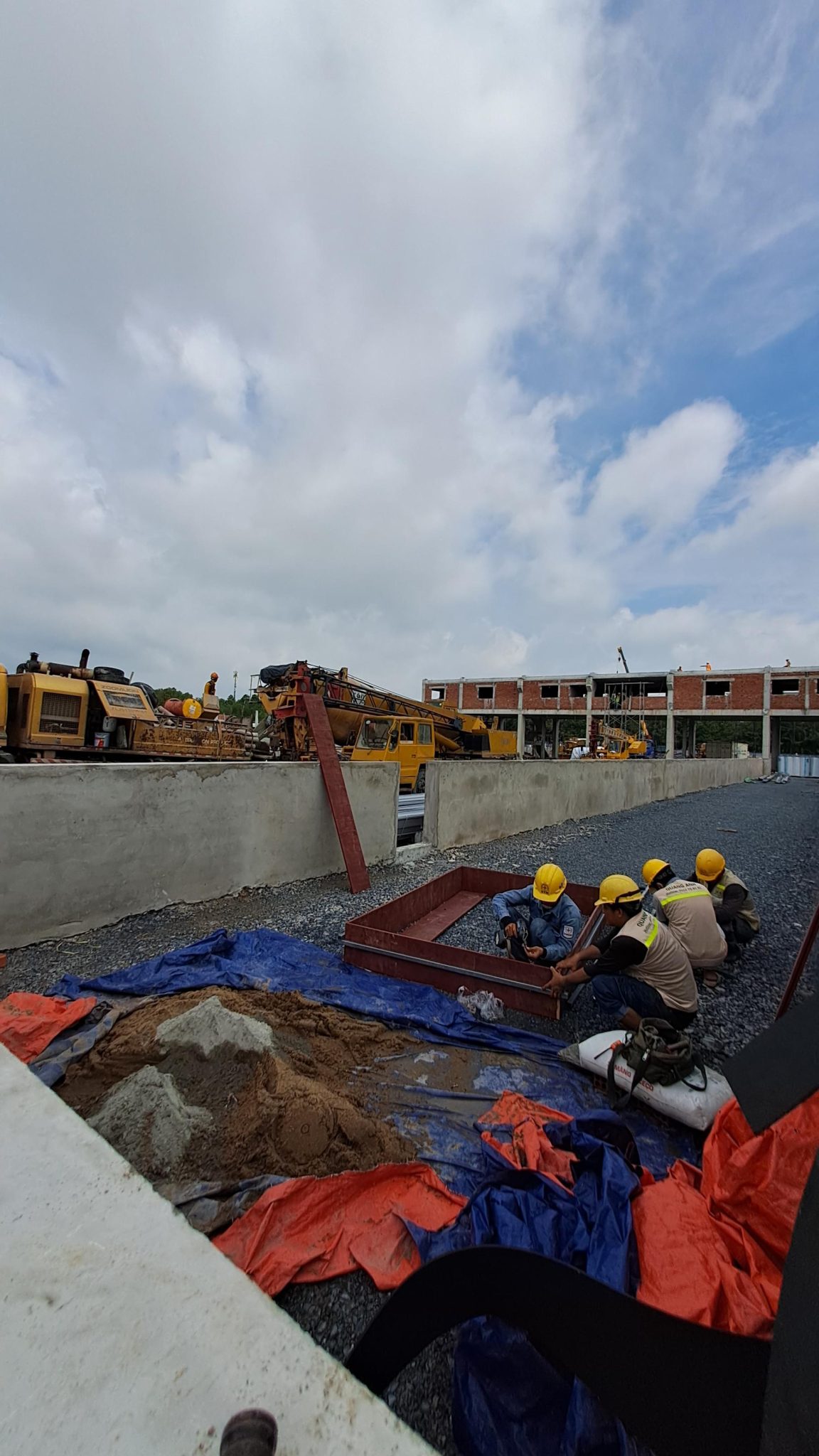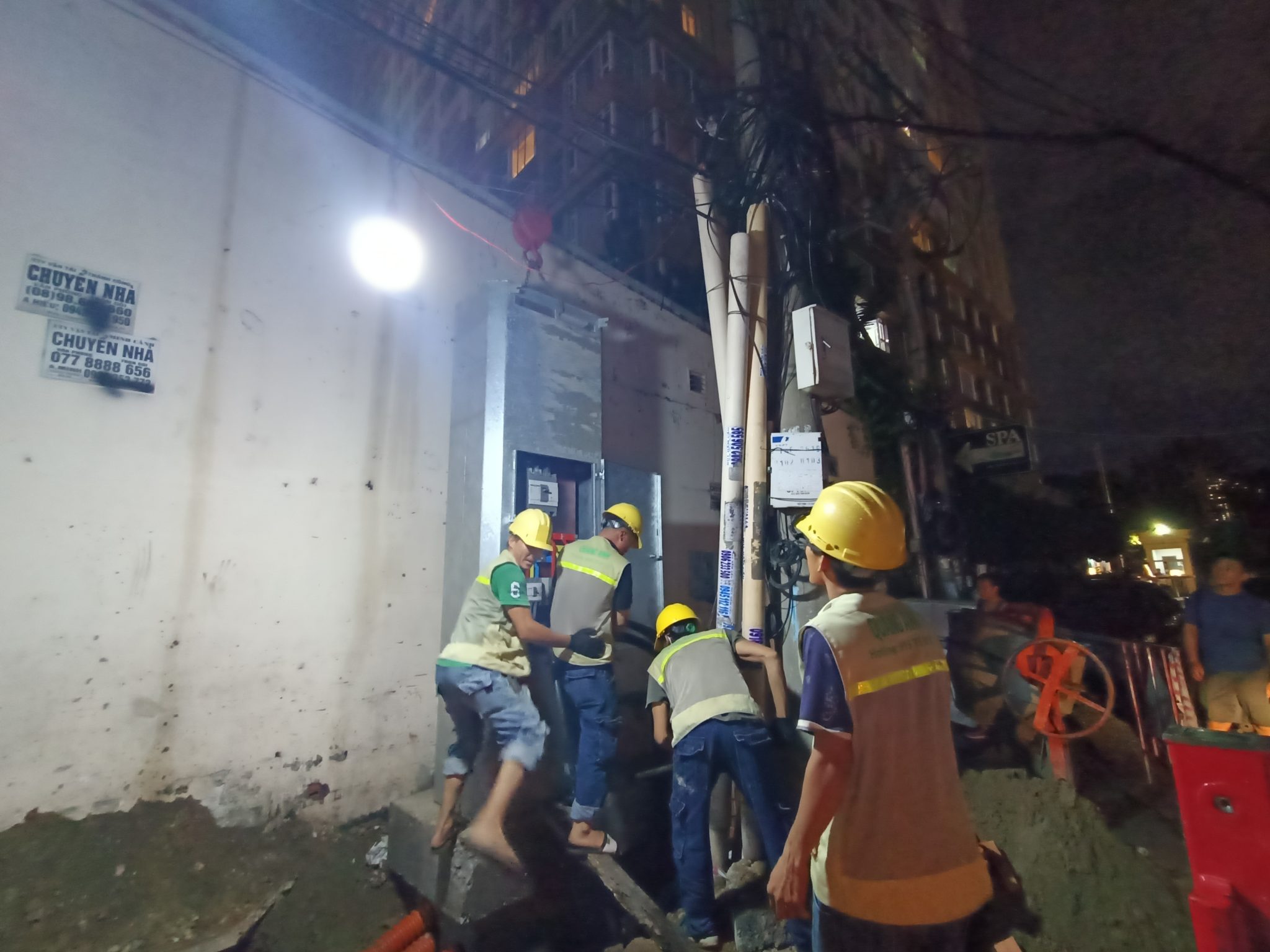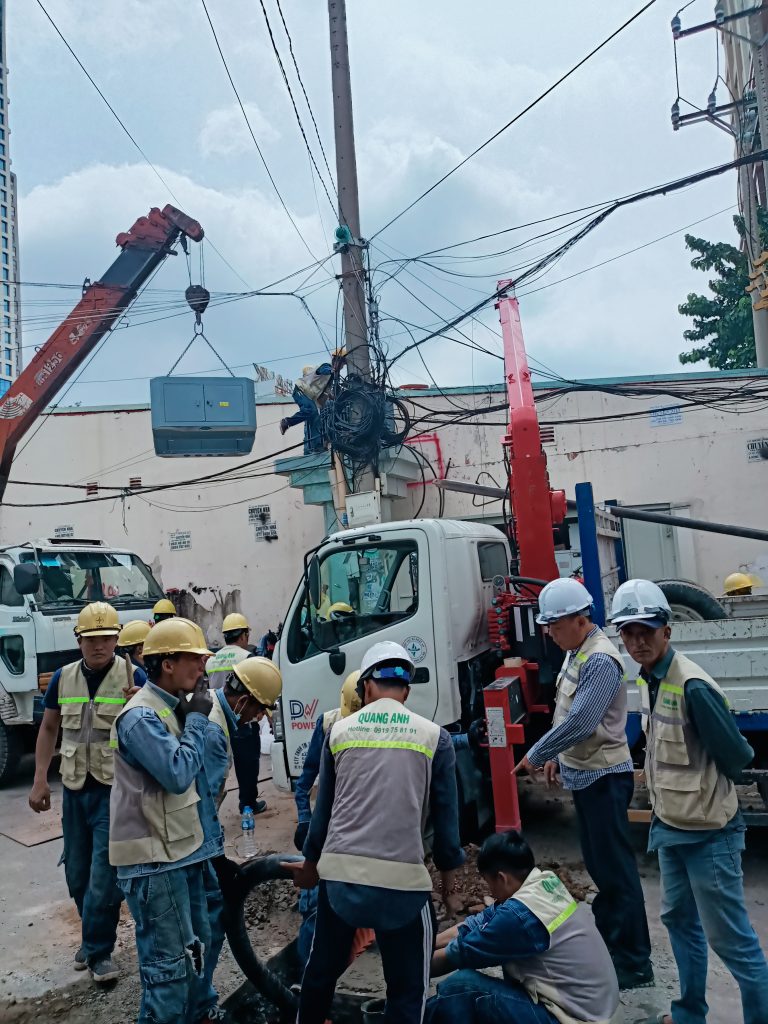News
Electrical System Design Quotation: Details and Cost Evaluation
Electrical system design quotations include design, materials, and construction costs, depending on various factors such as area and material quality.
Types of Electrical Systems and Key Features
The cost of electrical system design includes multiple factors, wherein different types of systems like general, light, and factory electrical systems play a significant role. General electrical systems feature devices like transformers, lightning rods, lighting, and sockets with a typical design cost of 12,000 VND/m². Meanwhile, light electrical systems cover devices like Internet, audio, cameras, and internal networks with similarly estimated design costs. Particularly, factory electrical systems depend on the scale and characteristics of the facility, with prices varying significantly according to area and the number of devices necessary for installation.
Electrical systems play an essential role in power distribution across Vietnam. These systems can be categorized according to various criteria, each with unique features and functions. Here, we analyze the most common electrical system types in detail.
Categorization by Voltage Level
- High Voltage Systems (HV – High Voltage):
- This system features voltages from 110 kV and up, primarily used for transmitting power from power stations to substations.
- Medium Voltage Systems (MV – Medium Voltage):
- With voltages ranging from 1 kV to 35 kV, medium voltage systems are common for power distribution to large consumption areas.
- Low Voltage Systems (LV – Low Voltage):
- Low voltage systems operate at voltages below 1 kV, suitable for households and small businesses.
Categorization by Service Range
-
National Power System: This includes the entire transmission and distribution network across the country, ensuring electricity supply from power plants to consumers.
-
Local Power System: Serving local areas, this type primarily consists of distribution systems and local power sources.
-
Regional Power System: Serving specific areas like industrial parks or residential zones, including local power sources and low voltage distribution systems.
Categorization by Use
-
Transmission Networks: Responsible for transmitting power to distribution stations.
-
Distribution Networks: Ensure power delivery to consumers, meeting household and production needs.
Categorization by Supply Source
-
System includes thermal power plants: Uses fossil or biomass energy to produce electricity.
-
System includes hydroelectric plants: Utilizes energy from water flow to generate electricity.
-
Hybrid hydro-thermal power systems: Combines both hydroelectric and thermal power to provide flexible electricity supply.
Key Features
- Flexibility and Diversity: Designed to meet diverse market demands.
- Efficiency and Expandability: Modern systems offer easy upgrades and expansion.
- Stability and Reliability: Ensures stable and reliable electricity supply for all users.

Factors Affecting Electrical System Design Costs
Construction Area directly impacts the cost of electrical system design, as larger areas require more electrical materials, leading to higher expenses. The quality of materials is also crucial as premium materials incur higher costs, determining the sustainability and long-term efficiency of use. Additionally, the complexity of the design scheme can drive material and labor costs. Besides, project timelines affect not only labor costs but also project management.
Several factors influence and directly impact the total cost when designing electrical systems, considerations businesses need to optimize.
Firstly, the construction area and scale are unavoidable factors. Projects with larger areas demand more electrical components, increasing costs per area. Installing electrical systems in large spaces requires more electrical materials, directly affecting overall costs.
Next, the type and quantity of electrical equipment must be clearly defined. This includes lighting systems, sockets, ventilation systems, and other electrical devices from brands such as ABB, Mitsubishi, or Schneider. Selecting suitable equipment ensures efficiency and cost optimization.
The quality of materials used in the electrical system is also a significant factor. Utilizing high-quality materials like Cadivi wires or modern remote control devices can enhance long-term system sustainability and efficiency but will increase execution costs.
Moreover, the location and conditions of the installation site affect the design costs of electrical systems. In large cities, potential costs for space and high electricity demand can raise expenses significantly. Additionally, local regulations and technical requirements such as safety features also require attention.
The construction duration and labor costs significantly impact total expenses. Rapid construction times, along with quantity and construction worker skills, affect labor costs.
Finally, all projects must pay attention to technical and safety requirements. Requirements such as three-phase electrical systems or safety measures like lightning protection and fire alarms need careful consideration to meet standards and regulations, influencing electrical system design costs.


Understanding electrical system design quotations helps optimize costs and ensure smooth project execution. Making accurate choices in materials and design will ensure long-term efficiency and savings in investment management.
Discover the optimal and most cost-effective electrical system design solutions with QuangAnhcons. Contact us now at +84 9 1975 8191.
QuangAnhcons specializes in providing electrical system design services, ensuring reasonable costs and superior quality. With an experienced team of engineers, we commit to delivering satisfaction in every project executed.

 Tiếng Việt
Tiếng Việt 简体中文
简体中文 Deutsch
Deutsch 日本語
日本語 한국어
한국어 ไทย
ไทย Русский
Русский Français
Français
